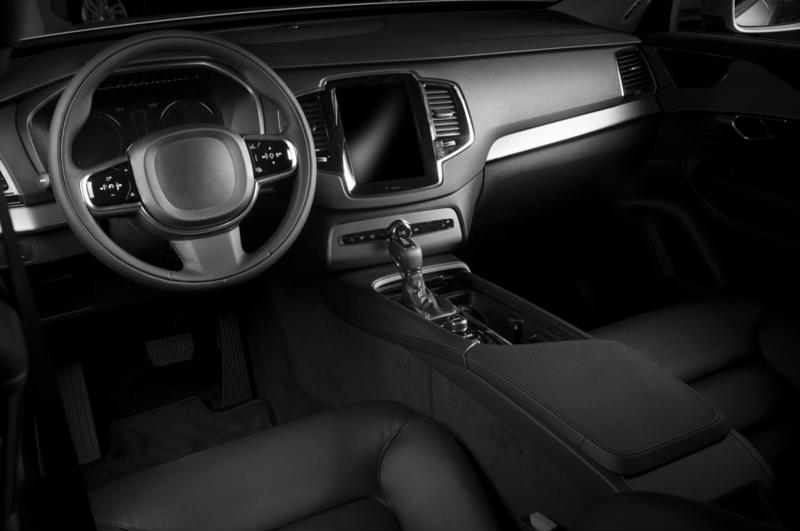

Think automatic braking and blind spot warning systems are making the roads safer? Think again, at least according to new research by AAA that shows drivers whose vehicles are equipped with driver-assistance technology are more likely to fall victim to distracted driving. The study also finds that those who are less familiar with these safety technologies are less likely to be distracted while operating a vehicle.
The study
"This new research suggests that as drivers gain more experience using [driver safety] technology, they could develop complacency while behind the wheel," according to Dr. David Yang, director of AAA's Foundation for Traffic Safety.
AAA coordinated with the Virginia Tech Transportation Institute to conduct this study. Groups of safety-technology literate drivers were compared to those new to the concept of automotive safety systems, and the results were striking. Those who owned their vehicles and thus had more experience with the safety systems were almost twice as likely to drive distracted. By contrast, drivers with less knowledge that were asked to study these unfamiliar technologies were much more careful in their driving habits.
Tech-inexperienced drivers were less trusting of these safety features and thus moderated their driving habits to get a feel for the safety features. Meanwhile, those who have utilized the technologies for some time grow complacent and start taking safety for granted, to an extent. An overinflated sense of security brought on by the safety technology contributes to distracted, unconcerned driving practices. This is reinforced by the operator's own anecdotal evidence; for example, "I've never gotten into an accident on this car thanks to these features," can become a common refrain that only serves to reinforce bad habits.

A recurring issue
This study comes at a time when concerns about automated vehicle systems are pronounced. According to CNET, a December 9 collision between a Tesla Model 3 with "Autopilot" mode engaged and a Connecticut state police cruiser is only the latest in a long line of avoidable incidents brought on by drivers overestimating the capabilities of their vehicle's safety systems. In this case, the driver was utilizing Tesla's "Autopilot" feature in a way not recommended by the manufacturer; despite the name, this feature is not meant to be used as a fully autonomous self-driving mode, and drivers should keep their hands on the wheels and eyes on the road at all times. In this case, the operator was checking on their dog in the backseat; in other situations, a driver might be using a phone or eating when these accidents occur. Whatever the case, events like this are distressingly common, and certainly aren't limited to more advanced vehicles like Tesla's. Drivers of vehicles from any manufacturer that include automatic safety features are vulnerable to being lulled into a false sense of security by these technologies.
Driver assistance technologies like self-driving operation and collision avoidance systems (CAVs, also referred to as automatic braking) certainly work well on paper, but in practice their performance is still affected in large part by human nature. In addition to their most recent study, AAA also conducted research regarding the average driver's understanding of certain automotive safety features. They found that there was a large amount of confusion on the part of vehicle operators about just exactly what their safety technologies did, as well as how effective they were. Those with incorrect ideas about what exactly their safety systems can and do allow these assumptions to negatively impact their driving, as AAA's most recent study shows. If modern vehicle safety systems are to live up to their full potential, drivers need to be educated on what exactly their systems do and just how much of an effect they have. With automated vehicle safety features becoming more and more common, consumer reliance on the technology is only going to increase until manufacturers and regulatory agencies start dispelling these misconceptions.
Yet, even the best collision avoidance systems and the most experienced, attentive drivers can only do so much if the brakes themselves aren't up to the challenge. Contact Greening Associates for a complimentary consultation to ensure they're in good working order and stay that way.